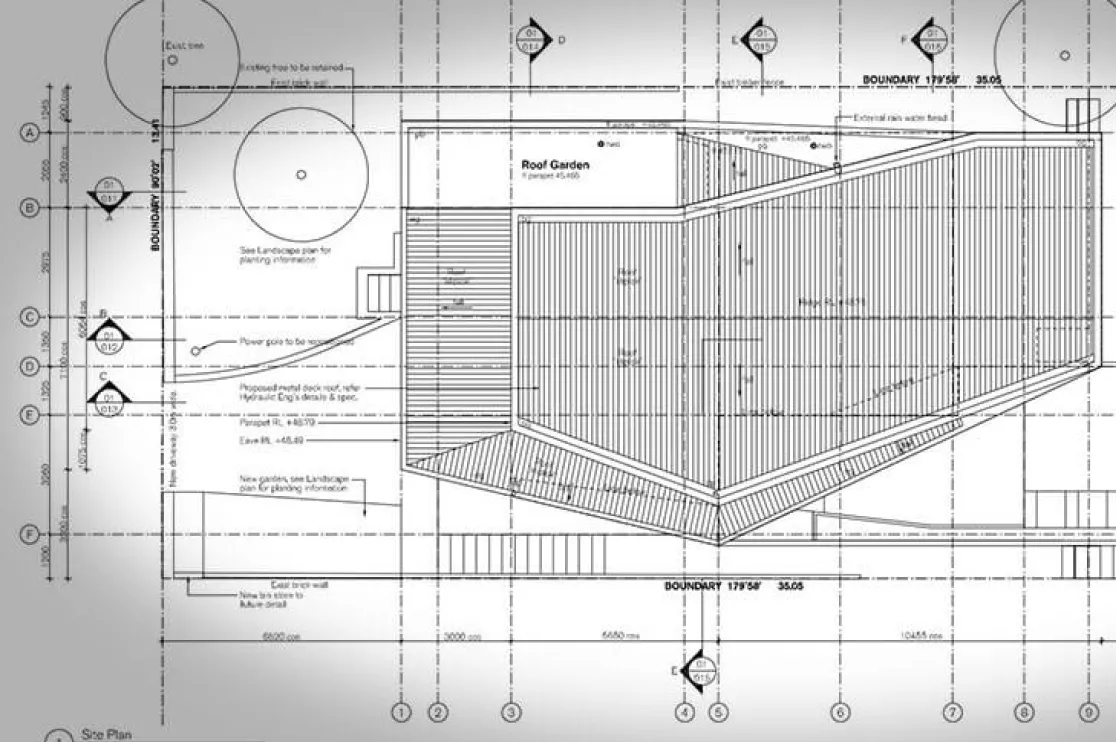Electrical drawings hold the key to communicating, troubleshooting, and documenting information about the power systems on your construction site.
Electrical plans help to ensure that your power systems run safely, efficiently, and smoothly. They can also aid you in identifying potential risks that you can nip in the bud before they become a problem. (However, for maximum risk reduction and safety, we also recommend dedicated BIM clash detection.)
What’s more, accurate and updated electrical plans will make sure that your facility complies with all relevant code regulations. This is crucial for home builders, real estate developers, engineers, and designers.
So, before you hire construction drawing services for all the above reasons, it is best to understand electrical drawings. Let’s get started.
Table of Contents:
Introduction
Electrical drawings, also called electrical plans or wiring diagrams, are technical drawings that provide visual representations of circuits or electrical systems. They are like a layout on paper before physically installing the required machines.
-
Wiring diagrams convey the electrical design (made by the engineer) to electricians or other workers, who will use them to install or repair the electrical systems.
-
The electrical design is represented by symbols and lines. It defines the position of the electrical apparatus.
-
The electrical lighting, power distribution, and digital communication will be conveyed.
Some of the most important electrical drawing services include load flow studies, short circuit calculations, coordination studies, electrical safety procedures, maintenance, and safety evaluation studies.
Recommended Reading:
There are various types of electrical drawings, largely pertaining to the function of the relevant space. These may include, for example:
-
Office electrical plan
-
Hospital patient room electrical plan (learn more about working drawings for patient rooms)
-
Basement wiring plan
Generally, electrical plans are drawn at the same scale as floor plans. The most common scale for residential and small commercial projects is the 1:50 metric or ¼” = 1′-0″. The scale is often the 1:100 metric for larger projects, or 1/8″ = 1′-0″.
Why are Electrical Plans Important?
Precise electrical plans offer valuable benefits to construction projects.
-
The drawings are crucial for documentation, communication, and troubleshooting on-site power systems.
-
This also makes it an excellent planning tool, as it provides an in-depth look at the building’s wiring and electrical system.
-
Updated, precise electrical plans ensure that your building complies with relevant codes and regulations.
-
Accurate installation and operation help efficiently distribute power to equipment and appliances.
-
Electrical plans identify potential risks so you can make the relevant changes before any damage or injury occurs.
-
You save time and costs by avoiding problems, delays, and unnecessary purchases.
What are the Key Elements of Effective Electrical Drawings?
Electrical Drawings are crucial for designing and building safe and reliable electrical systems. Some of the key elements of an effective electrical drawing are as follows;
Symbols
Standardized symbols for electrical components such as resistors, capacitors, and transformers are used to convey information clearly and concisely.
Wiring
Representation of wiring connections between different components helps engineers understand the layout and troubleshoot issues, if any.
Layers
Electrical CAD drawings contain layers that hides/allows viewing different aspects of the drawing. This enables electricians and engineers to focus on specific parts of the drawing without being distracted by other elements.
Dimensions
The role of dimensions is to help ensure that the final product is according to the correct specifications. Dimensions usually include things such as the size of components, the distance between components, and the circuit layout.
What Do Electrical Plans Include?
Electrical drawings may differ depending on the project but will generally include the following.
-
Connection of various fixtures & components to the system
-
Main cable, wire runs & associated isolating switches
-
Wiring diagrams showing physical connections & layouts of circuits
-
Schedules
-
A site plan that shows external wiring and the location of the building
-
Main switches, fused switches & tiebreaker
-
Power transformers, winding connections & means of grounding
-
Details of power lines such as rating, voltage, capacity & size
-
Interconnection of electrical wires & other system parts
-
Floor plans that display the positions of electrical systems on every floor
-
Equipment such as batteries, generators, air conditioning, solar panels, etc., as well as their size & voltage
The symbols, abbreviations, and descriptions are provided in the legends. These symbols include switches, distribution panels, lights, and fixtures.
To make system particulars clearer, wall lines are usually drawn lighter than fixtures. Fixtures may also be shaded for further clarity.
The abbreviations, which may differ from plan to plan, are on the first page of the electrical drawings. An example of an abbreviation would be TV for television or MCC for motor control center.
Key Elements to Make Relevant & Accurate Electrical Drawings
1. Use the Interior Layout as a Bedrock
Ask yourself the following questions when making your electrical plan:
-
Have switches been placed at convenient locations?
-
Are there enough easy-to-place receptacles?
-
Is the electrical load on the circuits appropriate?
2. Do a Walkthrough
Once, you should walk through the space while looking at the electrical plan. By imagining plugging in and turning on appliances, you will be able to catch errors that may have been missed. It will also help you place outlets and switches in the best locations.
3. Plan for Additional Outlets
Renovations are almost inevitable and can be highly expensive. While purchasing lighting fixtures, side tables, and other things over the years, your client may find they are short on outlets.
Hence, having additional outlets from the start will save them time and money. Discuss this aspect early on with your client for their consent.
4. Consider Furniture Placement
If you know how your client is planning to place their furniture, it is helpful to consider this placement while making your electrical plans. As with the previous point, it helps you avoid placing switches and outlets in awkward places.
5. Use Varied Lighting
To adequately illuminate a house, you need varied types of lighting, from task to accent and ambient lighting. This will hold especially true depending on what your client will want to use their space for, whether there will be a home office, if there will be a lot of entertaining, etc.
Conclusion
Accurate electrical plans are crucial to your construction drawings. However, developing them can be time-consuming and expensive. That’s why BluEntCAD provides architectural documentation to home builders, real estate developers, large architectural and engineering companies, and custom home designers.
Browse our portfolio to see how we’ve helped companies like yours. We pride ourselves on our client-centric approach and adapting to suit your business requirements. Since 2003, we have successfully delivered hundreds of projects and helped our clients achieve maximum value out of their projects.
Ready to get Architectural Construction Drawings with a fast turnaround time? Contact us now!


















 From Blueprints to 3D Visuals: Building Construction Portfolio That Win Clients
From Blueprints to 3D Visuals: Building Construction Portfolio That Win Clients  What Are Construction Specifications? Complete Guide
What Are Construction Specifications? Complete Guide  What is Construction Document Management Software?
What is Construction Document Management Software?  Foundation Plan Drawings: Their Importance and Role in Successful Construction Projects
Foundation Plan Drawings: Their Importance and Role in Successful Construction Projects
This is a well-written and informative blog post that clearly explains the purpose and importance of drawings in construction projects. I found the breakdown of the different types of electrical drawings, such as power and lighting plans, particularly helpful.
The blog mentions that accurate and up-to-date electrical drawings are crucial for ensuring a project complies with relevant building codes. In your experience, have you come across any instances where discrepancies between electrical drawings and on-site conditions caused delays or safety hazards during construction?
Knowing how common this is, and perhaps if there are best practices to mitigate such discrepancies, would be valuable to anyone involved in construction projects.